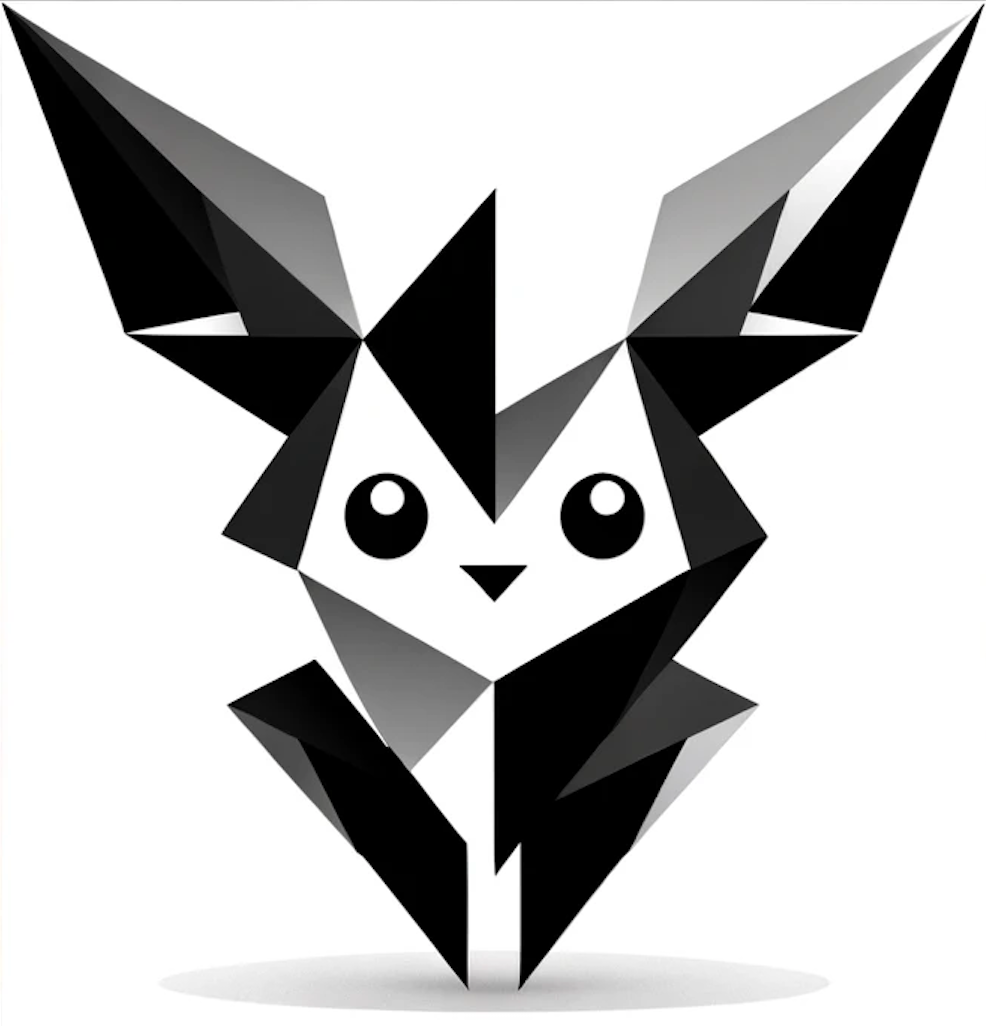In recent years, the art world has witnessed a revolutionary transformation, one that intertwines the realms of technology and creativity: the emergence of AI Art. This new form of art, created with the assistance of artificial intelligence, is not just a fleeting trend but a significant leap into the future of creativity. In this article, we will delve into what AI Art is, how it is created, its implications, and its potential future.
What is AI Art?
AI Art refers to pieces of art generated with the help of artificial intelligence algorithms. These algorithms, often based on neural networks, can analyze thousands of images and learn artistic styles. They then use this knowledge to create new, unique pieces of art. This process can involve various techniques like deep learning, generative adversarial networks (GANs), and more.
How is AI Art Created?
The creation of AI Art typically involves a few key steps:
- Training the AI: Artists feed an AI algorithm a large dataset of images. These can be classical paintings, digital art, photographs, or any visual material.
- Learning Process: The AI analyzes these images, learning about different styles, textures, and elements of art.
- Generation: Once trained, the AI can then generate new images. These can either be completely original or based on certain inputs or constraints set by the human artist.
- Human Collaboration: Often, artists will work alongside the AI, tweaking and refining the generated images to create a final piece that reflects their artistic vision.
The Implications of AI in Art
Ethical Considerations
AI Art raises several ethical questions. Issues of copyright and originality are at the forefront. When an AI creates art based on a dataset of existing works, who owns the rights to the new creation? Additionally, there is the concern of AI potentially replacing human artists, although many argue that AI should be viewed as a tool rather than a replacement.
Expanding Creative Boundaries
AI Art is pushing the boundaries of what is considered possible in the art world. It allows for the exploration of new styles and the creation of works that might be impossible for a human to conceive or execute alone. This expansion is not just in the realm of visual arts but also in music, literature, and other creative fields.
The Future of AI Art
The future of AI Art is as unpredictable as it is exciting. We can expect further advancements in AI technology, leading to more sophisticated and nuanced art. There’s also a growing interest in interactive and immersive art experiences powered by AI.
Moreover, as AI becomes more accessible, we will likely see a democratization of art creation. People without traditional art training will be able to express their creativity through AI tools, potentially leading to a new wave of artists and styles.
Conclusion
AI Art represents a fascinating blend of technology and creativity, challenging our traditional notions of art and the creative process. As we continue to explore this new frontier, it’s clear that AI has the potential to not only augment human creativity but also to open doors to uncharted artistic territories. Whether as a tool in the hands of artists or as an autonomous creator, AI is redefining the landscape of art in the 21st century.
Read related articles:

